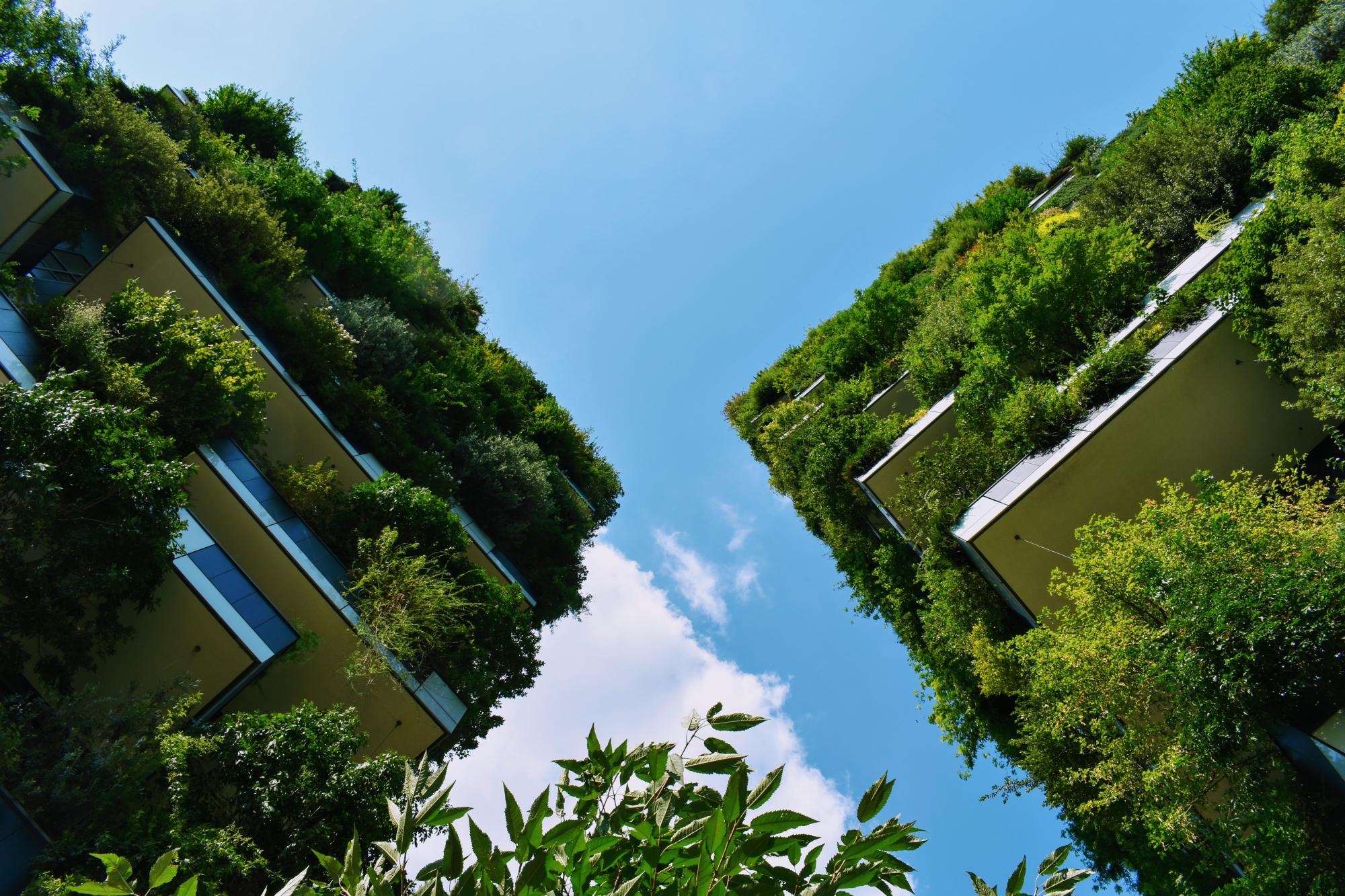In Frankfurt, on the banks of the Main, visitors are surrounded by a breath of the Mediterranean. In the Park called "Nizza”, Mediterranean plants thrive on 4.42 hectares thanks to its south-facing position, sheltered from the wind, the favourable solar radiation and the heat storage of the Main (2). Between 1999 and 2006, the Mediterranean park was reconstructed based on a historical model (6). The renovation project was carried out by the Green Space Office of Frankfurt according to the concept of Rainer Gesell-Schulte as part of the green development project of the inner city (1,6). The Frankfurt Green Spaces Office has been in operation since 1999 with urban qualification and refurbishment entrusted to the banks of the Main. The project aim was to transform the inner city area called Mainufer into a contiguous open space system. The project comprises many different sub-area developments that have different uses, especially on the central promenade and include green spaces, museums, sports and leisure facilities. The spatial anchor point of the project was the “Nizza” Mediterranean Park. As part of this redevelopment, the "Nizza" was redesigned and renovated. This process included the plantation of winter-resistant Mediterranean plants and other plants with a migration background that have been delighting walkers and visitors to the Main metropolis ever since. (2).
Overview
Nature-based solution
- Grey infrastructure featuring greens
- Railroad bank and track greens
- Blue infrastructure
- Riverbank/Lakeside greens
- Parks and urban forests
- Pocket parks/neighbourhood green spaces
Key challenges
- Green space, habitats and biodiversity (SDG 15)
- Green space creation and/or management
- Regeneration, land-use and urban development
- Promote natural styles of landscape design for urban development
- Health and well-being (SDG 3)
- Creation of opportunities for recreation
- Cultural heritage and cultural diversity
- Promotion of cultural diversity
Focus
Project objectives
Implementation activities
Main beneficiaries
- Citizens or community groups
Governance
Management set-up
- Co-governance with government and non-government actors
Type of initiating organisation
- Local government/municipality
Participatory approaches/ community involvement
- Citizen monitoring and review
Details on the roles of the organisations involved in the project
Project implemented in response to ...
Financing
Total cost
Source(s) of funding
- Public local authority budget
Type of funding
- Earmarked public budget
Non-financial contribution
Impacts and Monitoring
Environmental impacts
- Green space and habitat
- Promotion of naturalistic styles of landscape design for urban development
- Increased green space area
- Increased number of species present
Economic impacts
- Unknown
Socio-cultural impacts
- Health and wellbeing
- Gain in activities for recreation and exercise
Type of reported impacts
Presence of formal monitoring system
Presence of indicators used in reporting
Presence of monitoring/ evaluation reports
Availability of a web-based monitoring tool
References
2. Alles blüht! (2014). "Nizza" am Main Accessed on September 28, 2020, Source link
3. Palm Society. (2002). An Exotic Garden in Frankfurt - by Reiner Gesell-Schulte. Accessed on September 28, 2020, Source link.
4. Koenigs, T. (1993). Stadt-Parks. Urbane Natur in Frankfurt am Main. Frankfurt am Main: Campus Verlag. 84 pp.
5. Thielen, Sonja. (2007). Grünes Frankfurt. Ein Führer zu mehr als 70 Parks und Anlagen im Stadtgebiet. Frankfurt am Main: B3 Verlag. 36pp.
6. Dettmar et al. (2013). NEUE FREIRÄUME: Mainuferpromenade. Accessed on September 28, 2020, Source link
7. Becker, A. and Schmal, P.C. 2010. Urban Green: European Landscape Design for the 21st century, Accessed on September 28, 2020, Source link



